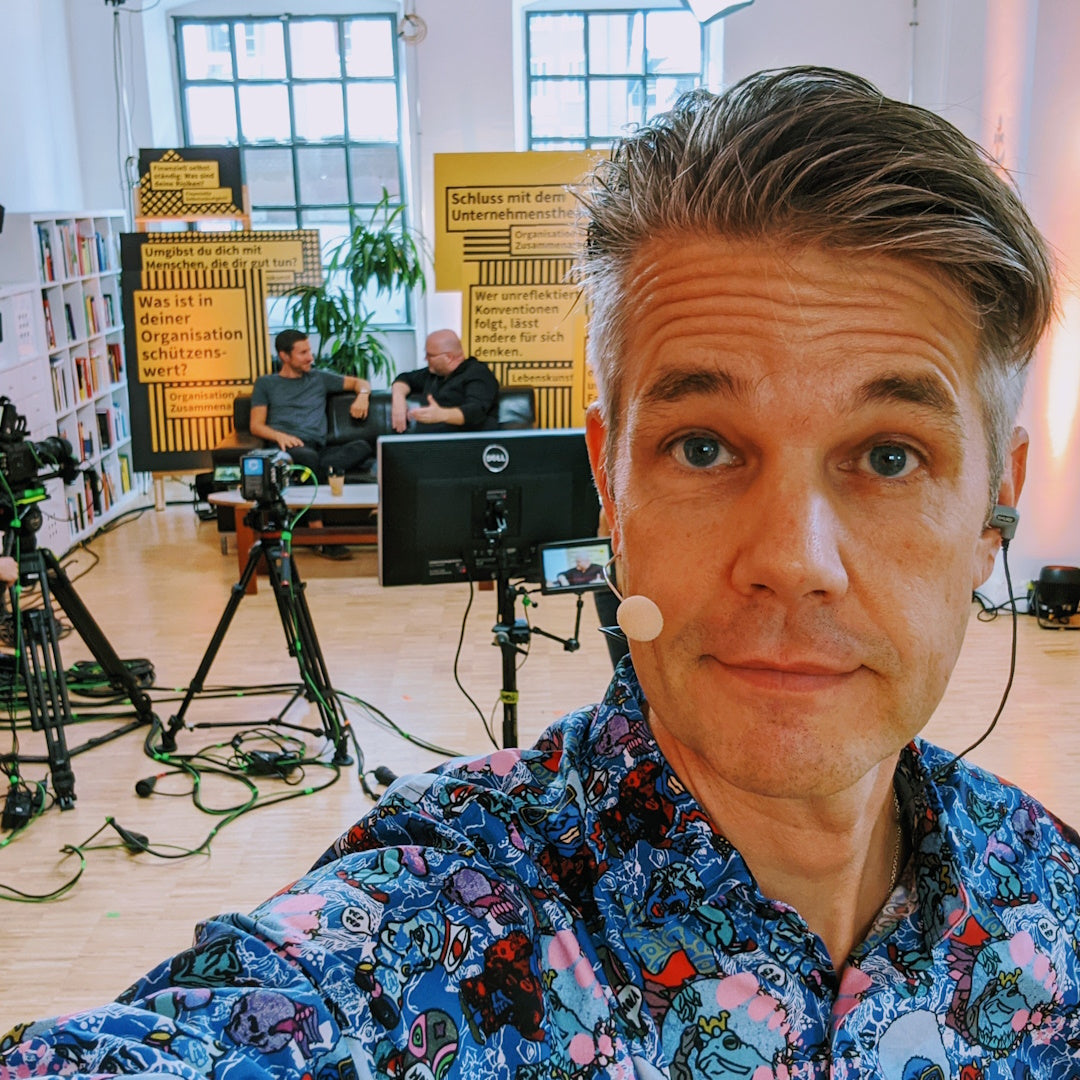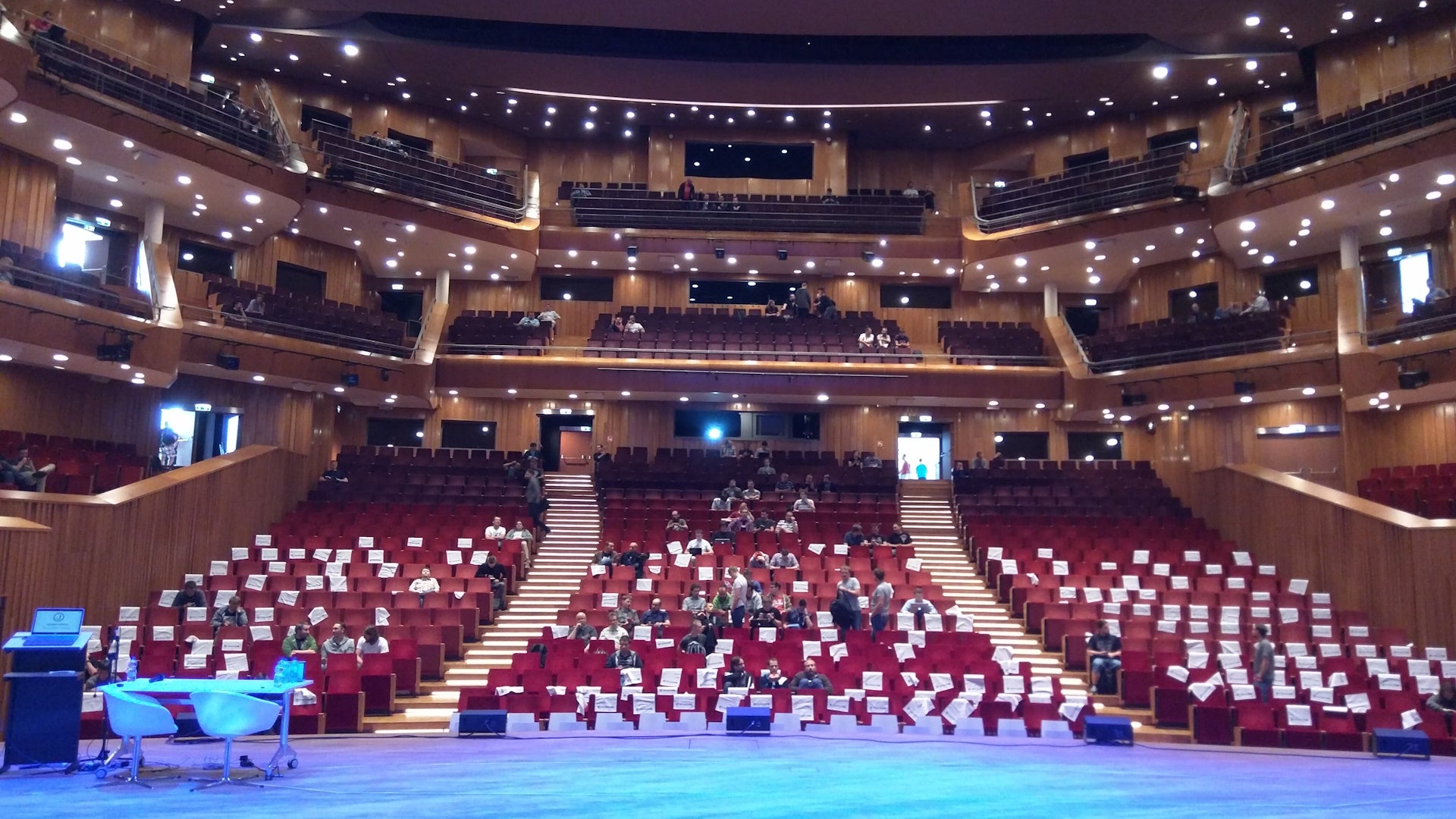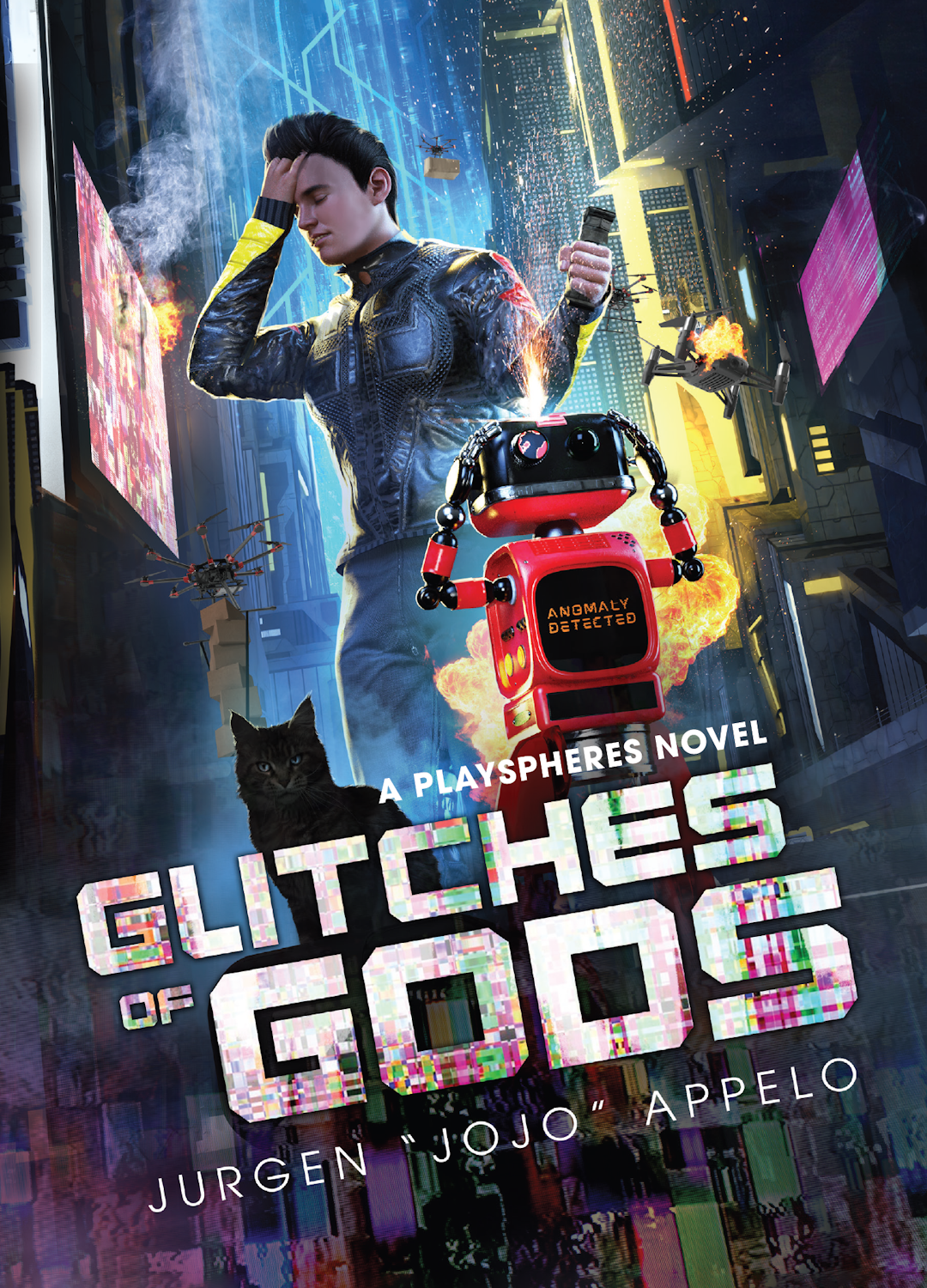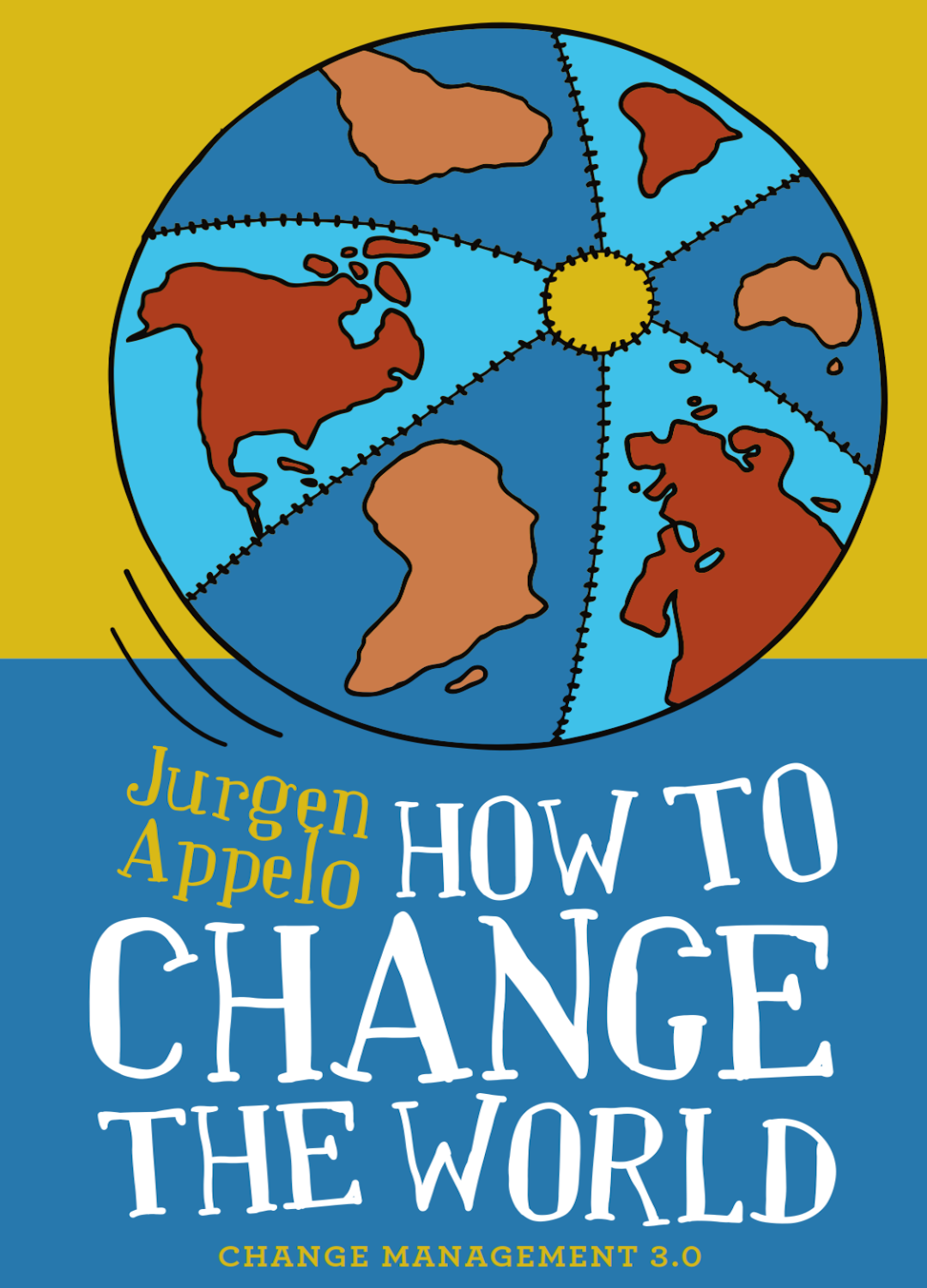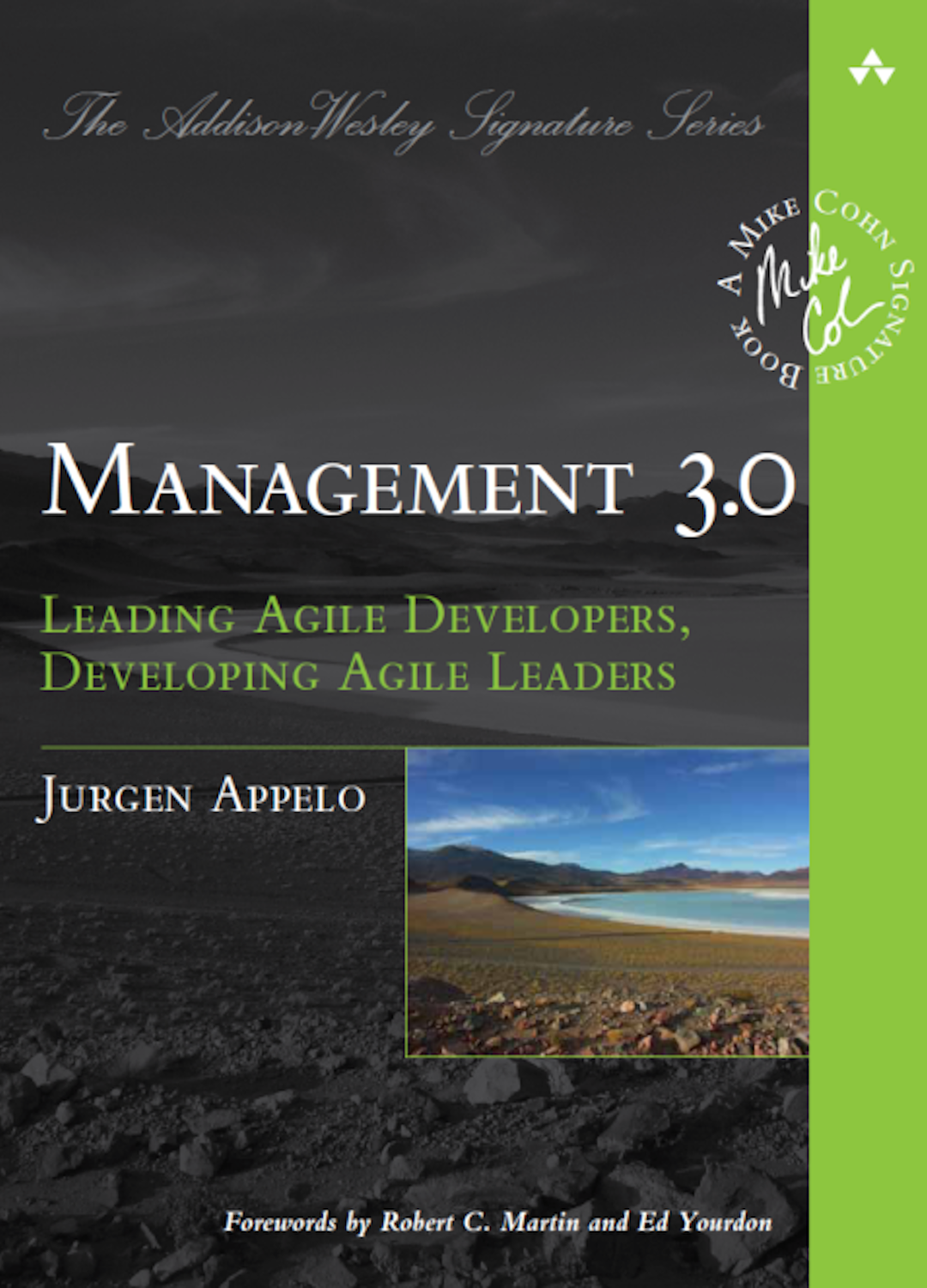Why Linear Workflow Visualization Is Doomed in a Nonlinear, AI-Driven World
It’s been a while since human operators agonized over taxi ride logistics and package deliveries. In the age of AI, machines now handle complex, dynamic workflows, while signaling humans what to do and when to bring what to whom.
Before the Kanban community clutches their pearls in outrage over my critical perspective, let’s first distinguish between the Kanban concept, the Kanban method, and Kanban boards. (Because trust me, if I don’t spell it out, the angry mob will flood the comments.)
Kanban versus Kanban versus Kanban
The Kanban concept originated at Toyota in the 1940s as a scheduling system to improve manufacturing efficiency. Inspired by supermarket inventory management, it used visual cards (“kanban” means “signboard” in Japanese) to signal demand and control the workflow. It later developed into a broader method for managing work in progress. Loosely translated into three words, Kanban means “show the flow.”
In 2007, David J. Anderson and others formalized the Kanban method, applying kanban principles to knowledge work (whereas Jim Benson did the same for Personal Kanban). The method, both for teams and individuals, emphasizes visualizing workflows, limiting work-in-progress, managing flow, making process policies explicit, and implementing collaborative evolution. Loosely summarizing Kanban’s principles: it’s all about visualizing and optimizing the flow of value.
Finally, a Kanban board is a specific visual management tool that represents work items as cards moving across columns reflecting workflow stages (e.g., To Do, In Progress, Done). It helps teams visualize work, track progress, and limit work-in-progress.
I don’t expect to ruffle many feathers in the Kanban community when I say that the Kanban board is an implementation of the Kanban method, which is an adaptation of the Japanese Kanban concept. (But I guarantee someone will still respond with corrections. Because, you know—people.)
So far, so good.
Now, the following observations are to a large extent about Kanban boards (and to a smaller extent about the kanban concept).
In the age of AI, they need to evolve.
(If you’re already convinced, feel free to skip the examples.)
Example 1: Video Editing
Let me begin with a concrete example.
I create many videos for a self-paced online learning course. For a single video, I often need multiple assets. I shoot outdoor videos depending on the weather, my location, and available time. I record footage in my office studio during rare, quiet days with an empty calendar. Sometimes, I collect AI-generated videos or stock footage (“B-roll”), but only when the main recordings are insufficient. In other words, there’s no predictable process for collecting video assets—video asset collection is best described as context-driven chaos.
Once I start editing and assembling everything, the process becomes quasi-predictable: trimming clips, normalizing audio, generating subtitles, blurring backgrounds, adding transitions and effects, inserting intros and outros, and exporting to MP4. I have a simple checklist and I usually progress top-to-bottom. With experience, I operate almost on autopilot—except when the video editor crashes, the hard drive fills up, or files get corrupted—all of which happened to me in a single day. (I recommend pairing such a day with chamomile tea and chocolate.)
Then it gets complicated again. After generating the main video (with subtitles) for the self-paced course, I might offer the same assets to the M3K team for marketing. But they want portrait reels instead of landscape videos. And we haven’t even started translations. Traditionally, this would involve generating separate video files for different languages: a lot of extra work. However, in the age of AI, it’s now possible to create alternative versions with my digital avatar dubbing in foreign languages. And when a customer will pay for it, why not generate versions with their logo and in their language?
Conclusion: video editing is a nonlinear process. Each video production differs, and optimizing the workflow becomes remarkably complex. Rather than visualizing it as a linear sequence of steps, it’s more realistic to conceptualize it as a messy flowchart. Ask any film crew.

Example 2: Book Publishing
Here’s another example I’m intimately familiar with.
When writing a book, I don’t move individual chapters from left to right across a Kanban board because that makes little sense. All chapters typically exist in the same state—Research, Draft, Rewrite, Editing, Revisions, etc. They move from one state to another together because there are countless interdependencies between chapters.
Sometimes chapters grow too large while others remain too small, requiring me to balance them out for the overall reader experience. A story told early might fit better with a topic later in the book, leading to a reshuffle of the narrative. New insights gained while writing later sections often necessitate partial rewrites of earlier material. Furthermore, feedback from beta readers and proofreaders triggers various edits throughout the entire book to enhance flow, consistency, and comprehension.
It’s only when I hit the Upload button that all chapters are “Done.” And even then, what exactly makes up “the book”? Human Robot Agent is available in three versions: e-book, softcover, and hardback, distributed across multiple platforms: Amazon, Apple, Google, Kobo, IngramSpark, and others. There isn’t one unique “book” with a clearly defined “Published” status. There are many. (It’s like Schrödinger’s book: published and unpublished—simultaneously.)
Complexity compounds when a conference organizer requests thirty softcovers or hardbacks (with my exclusive author discount—hint, hint 😉 ). Amazon likely ships those books in multiple packages, each with its own tracking number and delivery date. They might even follow different routes to their destination! Good luck tracking that on a single Kanban board.
Conclusion: book publishing is a nonlinear process. All book editions and orders differ, and management resembles a network of interconnected value streams rather than a linear progression. It’s not a pipeline; it’s a spaghetti monster.
Example 3: Dining
Let’s examine an example closer to everyone’s personal experience.
Is it possible, in any regular restaurant, to visualize workflows as linear value streams? Can a restaurant’s Kanban board show step-by-step progression of guests through Seating, Drinks, Appetizers, Main, Dessert, and Payment? Or should individual food and drink orders move across the board? Both approaches prove problematic.
What if one patron wants two appetizers instead of a main (as I sometimes do)? What if another guest prefers dessert before their main course? (My rather unconventional best friend comes to mind.) What if multiple guests order the same dish? Will the kitchen prepare them independently or batch them together?
What happens when someone joins a party later while others have already started their main course? What if separate parties unexpectedly discover each other and decide to join tables? What if someone sends a dish back to the kitchen? What if a couple breaks up mid-meal and one leaves, insisting on paying only their share?
I’ve never seen a server use a Kanban board—not because carrying a tray with a pack of sticky notes is inconvenient, but because the diverse preferences of dinner guests defy any visualization of a “standard” dining experience.
Unsurprisingly, more restaurants now employ automation to manage the increasing complexity of menu items versus guest preferences through online menus, QR codes, order tablets, and payment terminals. Just yesterday, I heard someone complimenting a restaurant because their software allowed easy bill-splitting. The only task remaining for servers (or robots) is following the computer’s instructions to bring the right tray to the right table.
Conclusion: dining is a nonlinear process. Each guest desires a unique experience, and management of the wide variety of value streams gets automated.
Drowning in AI hype? Tired of AI doom? With my work, I aim to chart a third path—skeptical, but forward-thinking, steering between evangelists and apocalyptics. Subscribe to my Substack to get my take on the future of work.
Value Streams Become Increasingly Nonlinear
The Kanban concept and method focus on visualizing and optimizing flow. Nothing suggests that a linear sequence of steps is the optimal visualization of a workflow. I think flow charts rather than flow boards often provide a more realistic representation.
The first problem with Kanban boards is their linear approximation of a complex reality. By showing value streams as sequential columns, they harbor an implicit assumption that all future work items will follow the same predictable path laid out across the board. But in the age of AI, the world grows increasingly unpredictable. The evolution of customer demands and technological options makes creating linear representations of workflows more difficult by the day. The linear model for process no longer cuts it.

In the video editing example, only the editing portion in the middle follows a somewhat linear process. What comes before (asset collection) and after (channel-specific customization) is decidedly nonlinear, making it challenging, if not impossible, to draw one linear sequence from content idea to published video. The book publishing and dining examples exhibit the same challenge.
My tip: Use flow charts to visualize more complicated value streams. (And get ready to redraw them. Often.)
There Is an Increasing Variety of Workflows
The second problem emerges as customer experiences become increasingly personalized in the AI era. Hyper-personalization with customer data dominates current trends: each client receives a unique experience, blurring traditional customer segmentation and persona definitions. Everyone wants—and increasingly gets—something different.
In the book publishing example, I haven’t even addressed the technical possibility of customizing books per customer. When books are printed on demand, why not ask customers for a name to print on the dedication page? Why not let them upload a photo for the back cover? Amazon doesn’t allow this (yet), but I could implement such features by removing Amazon from the value chain and directing customers to order through my own web shop. (In theory. I'm not actually planning this.) Disintermediation to reach customers directly is redefining value chains.

Ask any restaurant server about guest preferences, and they’ll produce an extensive list: vegetarian, vegan, gluten-free, lactose-free, low-fat, low-salt, and more. (My spouse typically requests fewer carbs, more vegetables, and dressing on the side for salads.) As we saw with video editing, technological progress enables increased personalization and an explosion of workflow variations.
My tip: Break flow charts into loose components and assemble personalized value streams on-the-fly.
Value Stream Management Grows Too Complex
Once you realize value streams are best generated dynamically from collections of nodes with branches, loops, and switches, you understand that optimizing this process requires more than moving sticky notes across a Kanban board and measuring lead time and cycle time of individual work items. Amazon doesn’t operate this way. Uber doesn’t either. Why should we?
Human effort spent on managing workflows counts as waste. Value stream optimization isn’t a value-adding activity in itself. Consumers of my books and videos don’t care about my Kanban boards, checklists, or flowcharts. They don’t care whether I handle logistics personally or delegate everything to machines. They care solely about experiencing great content. We're heading toward a wholesale revolution in the nature of production.

When I published my book in early March, it initially appeared only on Amazon, Google, and Apple as an e-book. The softcover followed two days later. Publication on Kobo stalled when their editorial team mistakenly flagged it as potential “spam,” while the hardcover for traditional bookstores faced several weeks’ delay because of an ISBN numbering error. So what exactly was the cycle time and lead time of “the book”? I have no idea. It was hell—that’s all I remember. Next time, I hope to delegate the entire publication mess to AI agents while enjoying gelato in Tuscany.
My tip: Build agents and algorithms to handle value stream optimization. Sticky notes won't save you from the wickedness of the world.
What Is Kanban in the Age of AI?
In the AI era, workflows become increasingly nonlinear with expanding variety. The traditional linear value stream no longer suffices. It’s gradually being replaced by dynamic value networks of interchangeable components, rearranged contextually for personalized customer experiences.
This means we should stop drawing simplistic Kanban boards for many business processes. What’s the point when they misrepresent reality? In many cases, it makes more sense to invest time in developing AI agents and algorithms that will take over these responsibilities.
The world grows increasingly unpredictable. Customer experiences become ever more personalized and human effort spent on managing workflows counts as waste. Let AI agents and algorithms do this for us.
This brings us full circle to Kanban’s true origins: visualizing the flow so we can optimize it. When machines do all the work, who needs workflow visualization? Modern supermarkets don’t use cards signaling inventory depletion to store owners. The machines possess all the necessary data. They know when to order a new batch of diapers or peanut butter from the manufacturers. Why signal any humans? Perhaps it's ironic that software engineers have erased the very foundation upon which Kanban is built. There are no inventory cards in supermarkets anymore. Algorithmic management has moved the signals to somewhere else.
In the AI age, we’ll recognize value streams for what they truly are: complex, overlapping flow charts dynamically emerging on demand, with work items moving in multiple directions, all optimized algorithmically. Machines will optimize queues and batch sizes, routing and rerouting value appropriately to enable better customer experiences. We humans won't do that anymore. Let's stop being naïve.
Instead, the machines will simply tell us what to do, handing us the instructions. They may even show us a signaling card: “Bring this item to that place.”
I’m looking forward to it.

p.s. I will discuss this (and much more) with a small group of pioneers in the learning cohort that starts on May 22. Join us!
Don't forget to share this post with anyone who needs it.


